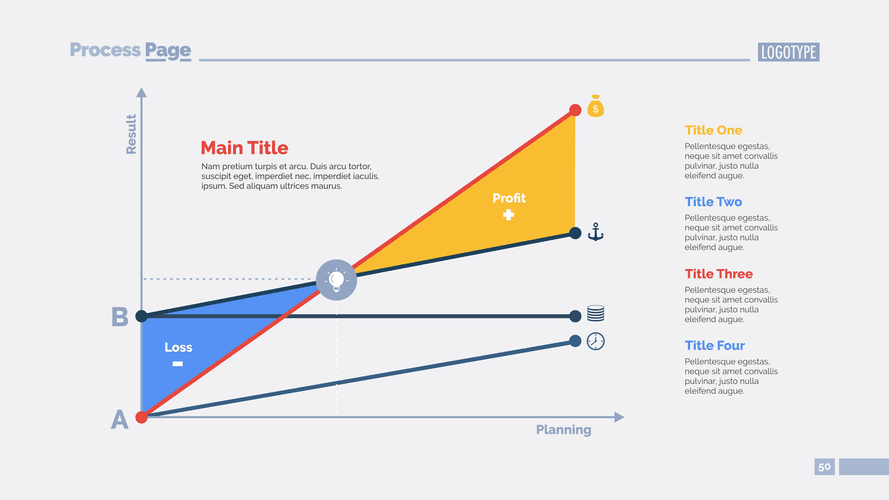30 Jun Understanding UK companies balance sheets: a clear and simple guide

Liabilities represent the debts and financial obligations that a company owes to others. These can be short-term obligations, due within a year, or long-term debts, payable after more than one year. Liabilities are an important part of a company’s balance sheet because they show what the company needs to pay in the future. Shareholder equity is the difference between a firm’s total assets and total liabilities.
Understanding Shareholders’ Equity
Examining the return on equity of a company over several years shows the trend in earnings growth of a company. For example, if a company reports a return on equity of 12% for several years, it is a good indication that it can continue to reinvest and grow 12% into the future. Treasury stocks are repurchased Certified Public Accountant shares of the company that are held for potential resale to investors. It is the difference between shares offered for subscription and outstanding shares of a company. Read on to learn more about owner’s equity, how it’s calculated, and what’s included in the calculation. This $50,000 represents your company’s net worth and the portion of the business that truly belongs to you.
The Accounting Equation
This balance sheet also reports Apple’s liabilities and equity, each with its own section in the lower half of the report. The liabilities section is broken out similarly as the assets section, with current liabilities and non-current liabilities reporting balances by account. The total shareholder’s equity section reports common stock value, retained earnings, and accumulated other comprehensive income. how to calculate total equity Apple’s total liabilities increased, total equity decreased, and the combination of the two reconcile to the company’s total assets.

Owner’s Equity
- This indicates that the company owes more than it owns, which can signal financial distress or risk to stakeholders.
- As such, the balance sheet is divided into two sides (or sections).
- In conclusion, spotting and fixing common mistakes in equity calculation is very important.
- The accounting equation is a concise expression of the complex, expanded, and multi-item display of a balance sheet.
- Long-term liabilities are debts that have due dates beyond one year (e.g., mortgages and vehicle loans or leases).
Equity can also refer to other items like brand equity or other non-financial concepts. Equity on the balance sheet, also known as shareholders’ equity, is what shareholders would get if all assets were sold and debts paid. It’s the leftover value once liabilities are subtracted from all assets. This way of classifying assets helps financial experts evaluate resources accurately. It lays a strong foundation for wise investment and strategic decisions.
How to Calculate Equity on a Balance Sheet
Average total equity serves as a foundational metric in the assessment of a company’s financial leverage and sustainability. By offering a tempered view of equity over time, it allows for a more nuanced understanding of a company’s financial trajectory. Stockholders’ equity is the amount of the company that is “owned” by investors.
📆 Date: June 28-29, 2025🕛 Time: 8:30-11:30 AM EST📍 Venue: OnlineInstructor: Dheeraj Vaidya, CFA, FRM
- Public companies, on the other hand, are required to obtain external audits by public accountants, and must also ensure that their books are kept to a much higher standard.
- If the number for stockholders’ equity is negative, it may warn of impending bankruptcy (particularly if it is due to a high debt load).
- As per the formula above, you’ll need to find the total assets and total liabilities to determine the value of a company’s equity.
- By using the above calculation, one can calculate the total asset of a company at any point in time.
- A company will be able to quickly assess whether it has borrowed too much money, whether the assets it owns are not liquid enough, or whether it has enough cash on hand to meet current demands.
Some of the reasons that may cause the amount of equity to change include a shift in the value of assets vis-a-vis the value of liabilities, share repurchase, and asset depreciation. The liabilities represent the amount owed by the owner to lenders, creditors, investors, and other individuals or institutions who contributed to the purchase of the asset. The only difference between owner’s equity and shareholder’s equity is whether the business is tightly held (Owner’s) or widely held (Shareholder’s). Often referred to as paid-in capital, the “Common Stock” line item on the balance sheet consists of all contributions made by the company’s equity shareholders. Dividend recapitalization—if a company’s shareholders’ equity remains negative and continues to trend downward, it is a sign that the company could soon face insolvency. Treasury stock reduces total equity as it represents shares repurchased by the company, reducing the overall ownership interest.

What are real-life applications of the accounting equation?

That’s why it’s crucial to understand how equity is calculated and what it means. It offers insight into the value of the company and gives a clear picture of what the business is worth. No, you cannot use the same formula for calculating equity on a balance sheet to calculate earnings per share. Incorrectly classifying assets or liabilities can lead to errors in calculating equity. It is crucial to accurately categorize assets and liabilities as current or non-current and to include all relevant items in the balance sheet.
Shareholders Equity
The balance sheet is interconnected with the profit and loss (P&L) statement and the cash flow statement, providing a full picture of a company’s financial health. Net Current Assets represent the difference between a company’s current assets and current liabilities. This measure is vital for evaluating the company’s ability to cover its short-term financial obligations using its short-term resources. Non-Current Assets represent a company’s long-term investments that are expected to be held and used for Accounting for Technology Companies more than one year. These assets are critical to the business’s long-term operations and provide future economic benefits. Non-current assets include tangible and intangible assets, as well as long-term financial assets.

When current liabilities exceed current assets, it shows that the company may struggle to meet its immediate obligations, which could indicate potential cash flow problems. This metric is essential for creditors and stakeholders to assess the company’s liquidity risk. A company’s balance sheet offers a detailed snapshot of its financial health at a specific moment in time. Shareholder equity (SE) is a company’s net worth, or its total assets minus its total liabilities. It is equal to the total dollar amount that would be returned to the shareholders if the company were liquidated and all its debts were paid off. The owner’s equity is recorded on the balance sheet at the end of the accounting period of the business.



Sorry, the comment form is closed at this time.